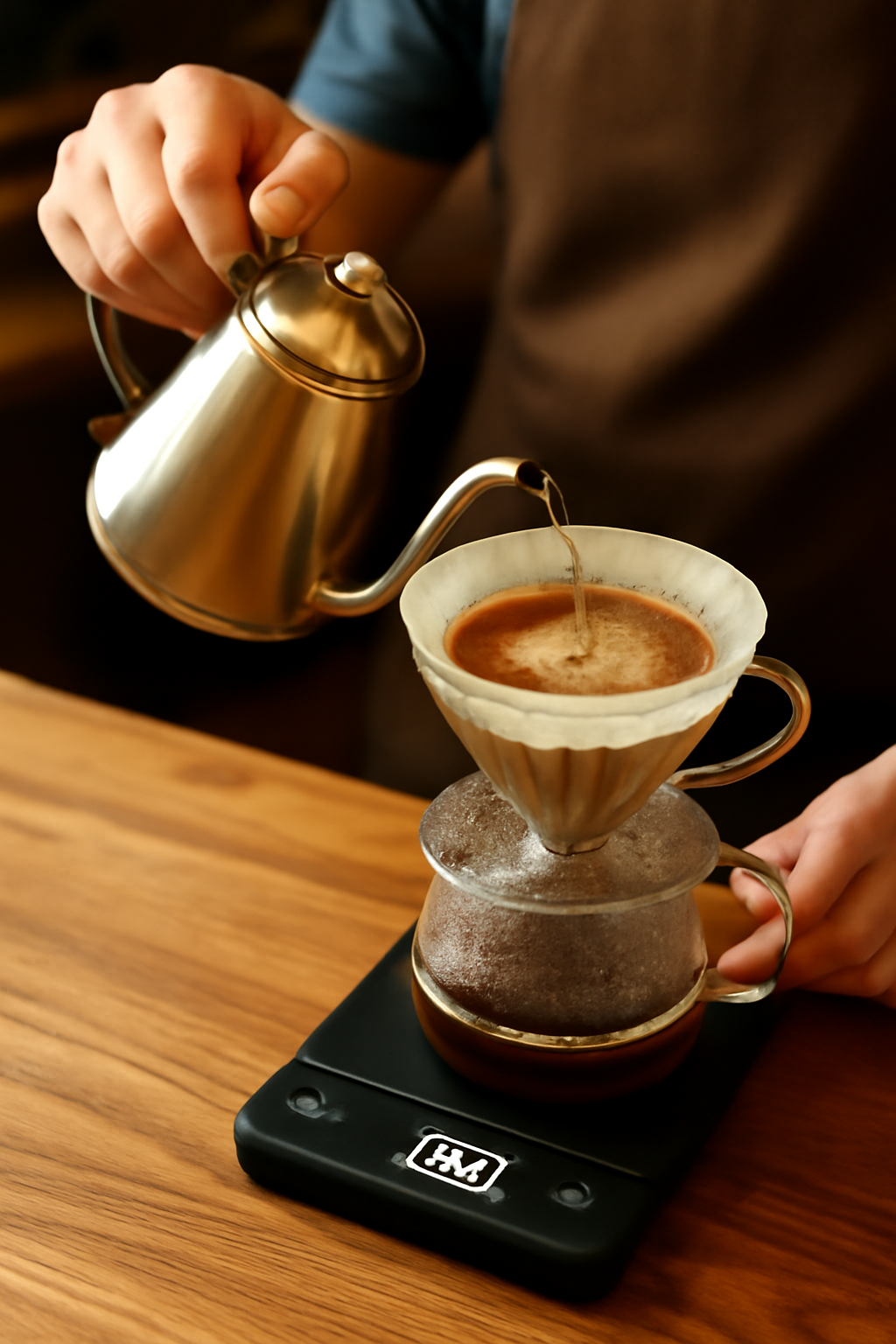Brewing coffee is both an art and a science, and mastering different brewing methods can significantly enhance the flavor of your cup. Each brewing technique extracts unique characteristics from coffee beans, influenced by factors such as grind size, water temperature, brew time, and equipment. Understanding how to optimize these variables for each method ensures you unlock the full potential of your coffee’s flavor profile. This expert guide explores proven techniques to maximize flavor across popular brewing methods, helping you elevate your coffee experience whether at home or professionally.
Understanding Coffee Extraction
Before diving into specific brewing methods, it’s important to grasp the concept of extraction—the process of dissolving soluble compounds from coffee grounds into water. Proper extraction balances acidity, sweetness, bitterness, and body. Under-extraction results in sour or weak coffee, while over-extraction yields bitterness and harshness.
Key factors influencing extraction include grind size, water temperature, brew time, and coffee-to-water ratio. Mastering these elements is essential to tailoring your brew for optimal flavor.
Pour-Over Coffee: Precision and Control
Pour-over brewing is favored for its clarity and control, allowing precise manipulation of water flow and extraction time.
- Grind Size: Use a medium-fine grind, similar to table salt. Too coarse leads to weak flavors; too fine causes over-extraction.
- Water Temperature: Maintain water between 195°F and 205°F (90°C to 96°C). Boiling water can scorch grounds, while cooler water under-extracts.
- Coffee-to-Water Ratio: Start with a 1:16 ratio (1 gram coffee to 16 grams water). Adjust based on taste preferences.
- Pour Technique: Begin with a bloom pour—pour just enough water to wet grounds, letting CO2 escape for 30-45 seconds. Then pour slowly in concentric circles to evenly saturate grounds.
- Brew Time: Aim for 2.5 to 3.5 minutes. Longer times increase extraction but risk bitterness.
Using a scale and timer enhances precision, ensuring consistency across brews.
French Press: Full-Bodied Richness
French press brewing yields a full-bodied, robust cup with rich oils and sediment, thanks to its immersion method.
- Grind Size: Use a coarse grind, similar to sea salt, to prevent over-extraction and minimize sediment.
- Water Temperature: Heat water to about 200°F (93°C).
- Coffee-to-Water Ratio: A typical starting point is 1:15.
- Brewing Time: Steep coffee grounds in hot water for about 4 minutes. Avoid stirring excessively to reduce sediment.
- Plunging: Press the plunger down slowly and evenly to separate grounds from liquid without agitating too much.
To maximize flavor, preheat your French press and cup to maintain temperature stability. Experiment with steeping times to balance strength and smoothness.
Espresso: Intense and Complex
Espresso requires technical skill and precise parameters to produce a concentrated, flavorful shot.
- Grind Size: Use a fine grind resembling table salt or sugar crystals.
- Coffee Dose: Typically 18-20 grams for a double shot.
- Tamping: Evenly compress grounds with about 30 pounds of pressure to ensure uniform extraction.
- Water Temperature: Maintain between 195°F and 205°F.
- Pressure: The standard extraction pressure is 9 bars.
- Extraction Time: Aim for 25-30 seconds for a balanced shot.
Dialing in your grind size and dose is critical to avoid under or over-extraction. A good espresso shot has a rich crema, balanced sweetness, and pleasant acidity.
AeroPress: Versatile and Quick
The AeroPress offers versatility, combining immersion and pressure with quick brewing times.
- Grind Size: Use a medium-fine grind, slightly finer than drip coffee.
- Coffee-to-Water Ratio: Typically 1:15 to 1:17.
- Water Temperature: Around 175°F to 185°F (80°C to 85°C) works well, lower than other methods to reduce bitterness.
- Brewing Time: Brew between 1 and 2 minutes depending on recipe.
- Technique: Experiment with inverted or standard methods and different pressing speeds for varied flavor profiles.
The AeroPress is excellent for experimenting with recipes to highlight brightness or body.
Cold Brew: Smooth and Refreshing
Cold brew involves steeping coffee grounds in cold water for an extended period, producing a smooth, low-acid coffee concentrate.
- Grind Size: Use a coarse grind to avoid over-extraction and bitterness.
- Coffee-to-Water Ratio: Generally 1:8 for concentrate; dilute to taste before serving.
- Steeping Time: Steep in the refrigerator for 12 to 24 hours.
- Filtration: Use a fine mesh or paper filter to remove sediment.
Cold brew’s long extraction enhances sweetness and mellows acidity. Using fresh, high-quality beans accentuates flavor clarity.
Moka Pot: Rich and Intense
The Moka pot produces a strong coffee similar to espresso but with less pressure.
- Grind Size: Medium-fine grind is ideal.
- Water Temperature: Use hot water in the base to reduce brewing time and bitterness.
- Coffee Dose: Fill the filter basket evenly without tamping.
- Heat: Apply medium heat and remove from heat as soon as the coffee starts to spurt.
Proper heat control prevents burning and bitterness, maximizing the moka pot’s bold flavors.
Tips for Maximizing Flavor Across All Methods
- Use Fresh, Quality Beans: Flavor starts with quality beans. Buy fresh, whole beans and grind just before brewing.
- Store Beans Properly: Keep beans in airtight containers away from light, heat, and moisture.
- Use Filtered Water: Water quality significantly affects taste. Use filtered water free of chlorine or off-flavors.
- Experiment and Adjust: Taste your coffee and adjust grind size, brew time, or ratios to suit your palate.
- Clean Equipment Regularly: Oils and residues can taint flavors. Clean your brewing gear frequently.
Conclusion: Mastering Flavor Through Technique
Maximizing flavor in coffee brewing requires understanding the unique characteristics of each method and how variables impact extraction. Whether you prefer the clarity of pour-over, the boldness of French press, or the intensity of espresso, fine-tuning grind size, water temperature, brew time, and ratios unlocks your coffee’s full potential.
Investing in quality equipment, fresh beans, and precise measurements leads to consistent, delicious results. Don’t be afraid to experiment—taste is subjective, and discovering your perfect cup is part of the joy of coffee brewing.
Start exploring these techniques today, and transform your daily coffee ritual into a flavorful journey that delights your senses every time.

